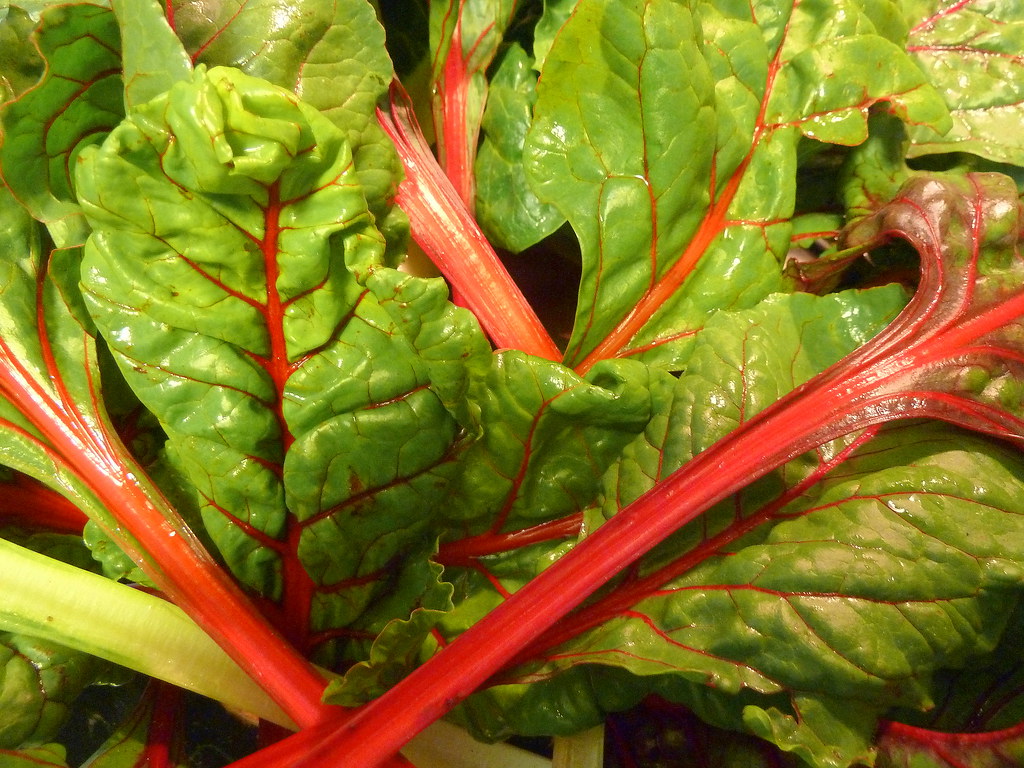How to cook Swiss chard so that it is not bitter?

These green leafy vegetables are nature’s best kept secret. Not many people realize just how nutritious, beneficial, and downright delicious Swiss chard can be.
If you have seen it in a nearby supermarket, we strongly recommend that you buy them and take them home. If you’re worried about the “supposed” bitterness of it, don’t worry. If you cook it correctly, Swiss chard is not bitter at all!
We get it, someone has ever mentioned the infamous bitterness of Swiss chard to you, or maybe you’ve even tried it somewhere and found it bitter.
Well, we are here to tell you that it is not. Swiss chard is only bitter when raw and when not properly prepared, as is the case with many leafy greens.
How do you cook chard so that it is not bitter?
The best way to avoid bitterness is to remove the stems from the leaves and cook them properly until soft. Swiss chard can also be combined with some great ingredients to further enhance its flavor.
If you want to know more about how to eat chard correctly, keep reading below for an in-depth look at how to cook chard at home!
The best way to cook Swiss chard
Swiss chard is an extraordinary leafy green. It is packed with vitamins, minerals and is said to be great for lung function as well. It is a delicacy in many regions and also a great way to improve your diet.
“Chard” or “chard” belongs to the Amaranthaceae family and is cultivated throughout the world. The plant has many shades of color, to the point that you can even find rainbow chard in some supermarkets.
The plant tastes relatively sweeter than other leafy greens and has a very earthy flavor. You can compare chard to spinach to know how to use it correctly. You can cook them, make them cream and mix them to your liking.
The leaves of this vegetable are always green, but the stem can take on different colors. From green to orange, through yellow and pink.
Rainbow Swiss chard have stems of different colors and are clustered together. They look absolutely beautiful and they all taste fantastic.
The stem of this leafy vegetable is to blame for its bitterness, but of course there are plenty of ways around it . You can even cook the leaves separately with our recipe below.
Swiss chard is too good to avoid, and if you want to have a good green leafy vegetable in your diet, it’s a good place to start.
How to cook Swiss chard
all you need is
- Chard
- Salt and pepper
- Olive oil
- Garlic
- Balsamic vinegar
The best way to cook chard is with extra virgin olive oil. To prepare Swiss chard at home, simply rinse it well under the sink, then pat it dry with a paper towel. You can take out some leaves and keep the rest in a plastic bag.
Swiss chard will last 3-4 days in the fridge. Be sure to keep them away from moisture to prevent them from spoiling.
Get out a large skillet or pot and start preparing the chard. Cut the stem of the plant and reserve them. Don’t throw them away because you can also use them!
Over medium heat, drizzle a little extra virgin olive oil and let it heat through. Chop a few cloves of garlic and let them fry for 2 minutes until lightly golden. Put the chard and move them from time to time so that they are covered with the mixture.
Drizzle a little balsamic vinegar, a pinch of salt and a pinch of pepper. Mix well and cook until they have reduced and are very soft.
Do not overcook, you want the plant to remain intact and not break when moved with the spoon. Use a wooden spoon to manipulate it better.
Once the chard is cooked through, immediately turn off the heat and plate it up, and that’s it!
For the pencas, we recommend baking them with this delicious recipe:
Baked chard
What you need
- Swiss chard - cut in half so they are a few inches long or will fit on the baking sheet
- Salt and pepper
- cheese of your choice
- Olive oil
Spray or brush the baking tray with a little olive oil and place the chard. Season with salt, pepper and cheese.
Put them in the oven at 400°F for 20 minutes and you will have a nice side dish that you can accompany with almost any meat dish.
You can even use the leaves and cook them in the first recipe that we have mentioned.
Just add them after you’ve fried the garlic and continue as directed, both methods will remove their bitterness. For extra points, try adding some golden raisins or toasted pine nuts at the end for even more flavor.











